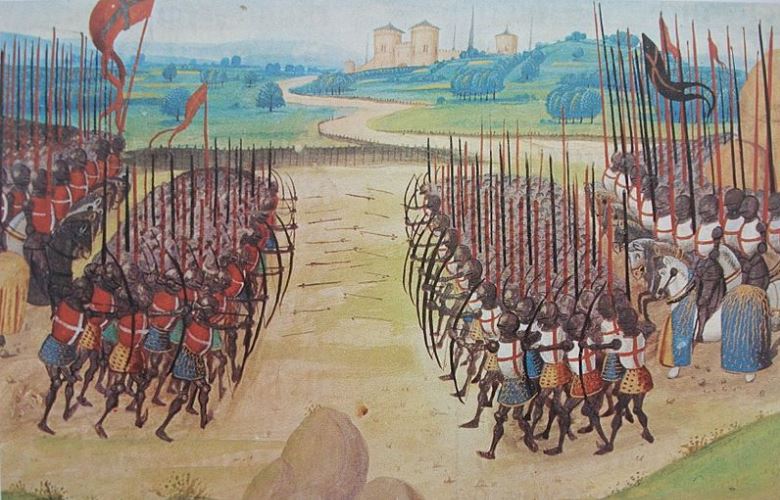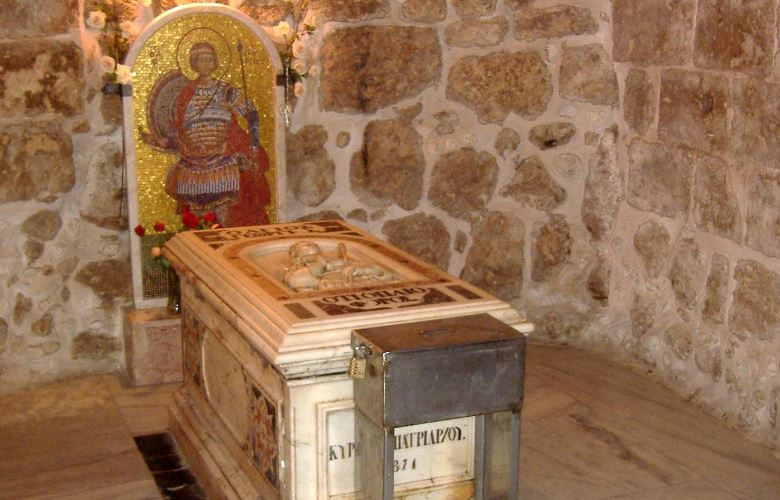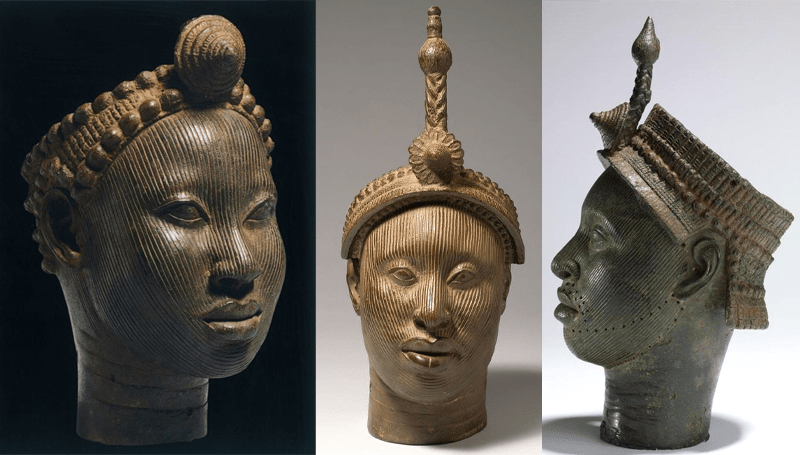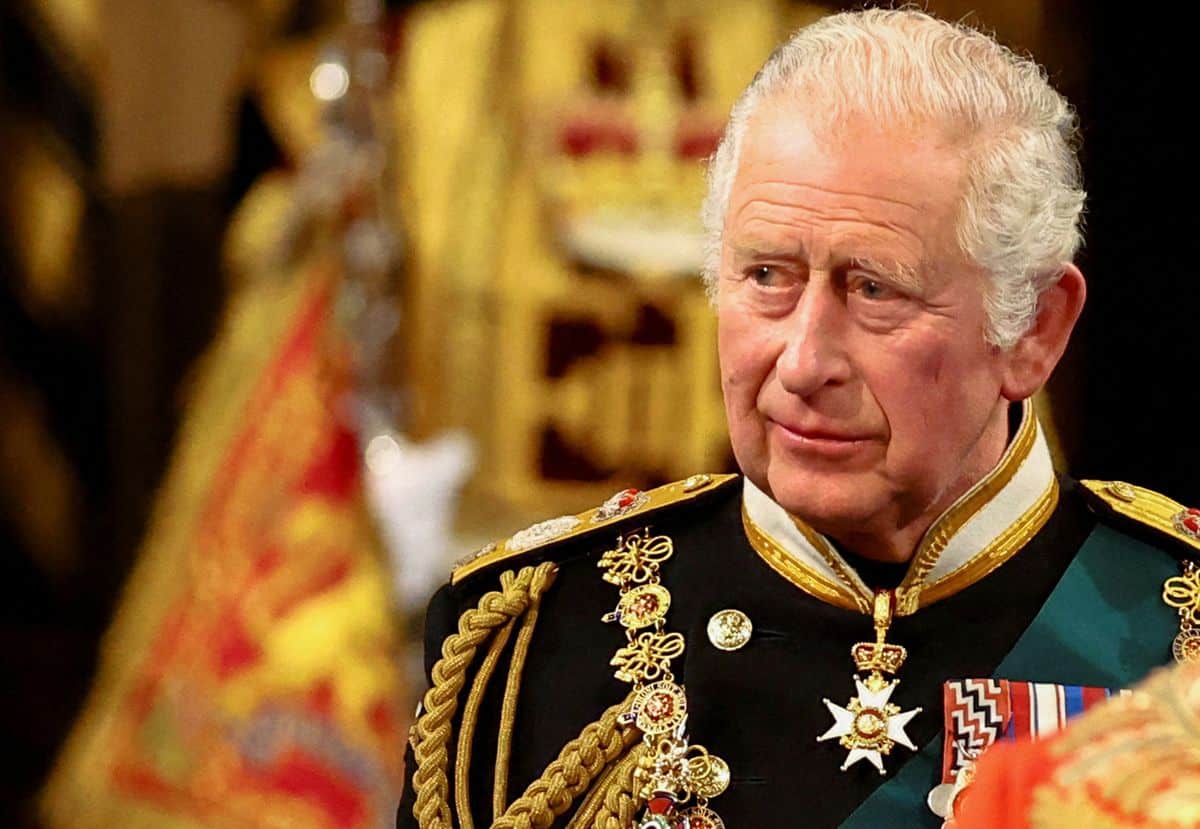All country has their own ‘Patron Saint’ who in times of great peril is named upon to help save the country from its enemies. St David is the patron saint of Wales, St Andrew of Scotland, and St Patrick of Ireland – St George is the patron saint of England.
But who was St. George, and what did he do to become England’s Patron Saint?
Very short is known about St. George’s life, but it is thought he was a high-ranking officer in the Roman army who was killed around AD 303.
It seems that Emperor Diocletian had St. George tortured to make him deny his faith in Christ. However, despite some of the most terrible torture ever for that time, St George showed incredible courage and faith and was finally beheaded near Lydda in Palestine. His head was later taken to Rome where it was interred in the church dedicated to him.
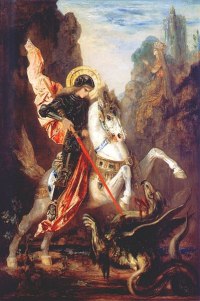
In the Middle Ages, the dragon was commonly used to represent the Devil. Unfortunately, the many legends connected with St. George’s name are fictitious, and the slaying of the ‘Dragon’ was first credited to him in the 12th century.
St. George, so the story goes, killed a dragon on the flat-topped Dragon Hill in Uffington, Berkshire, and it is said that no grass grows where the dragon’s blood trickled down!
It was probably the 12th-century Crusaders however who first invoked his name as an aid in battle.
Battle of Agincourt – English knights and archers wearing the cross of St. George
King Edward III made him the Patron Saint of England when he formed the Order of the Garter in St. George’s name in 1350, and the cult of the Saint was further advanced by King Henry V, at the battle of Agincourt in northern France.
Shakespeare made sure that nobody would forget St. George, and has King Henry V finishing his pre-battle speech with the famous phrase, ‘Cry God for Harry, England, and St. George!’
King Henry himself, who was both warlike and devout, was thought by his followers to possess many of the saint’s characteristics.
The Tomb of St George, Lod, Israel
In England St. George’s Day is celebrated, and his flag is flown, on his feast day, April 23rd.
An interesting piece of trivia – Shakespeare was born on or around St. George’s Day 1564, and if the story is to be believed, died on St. George’s Day 1616.
An appropriate end perhaps for the man who helped to immortalize the Saint in English tradition.
And yet another interesting piece of trivia – for over 300 years the Patron Saint of England was actually an Englishman, St. Edmund, or Edmund the Martyr, the Anglo-Saxon King of East Anglia. Edmund fought alongside King Alfred of Wessex against the pagan Viking and Norse invaders until 869/70 when his forces were defeated. Edmund was captured and ordered to renounce his faith and share power with the Norsemen, but he refused. Edmund was bound to a tree and used as target practice by the Viking bowmen before being beheaded.
St. Edmund’s Day is still celebrated on 20th November, particularly by the good East Anglian (Angles) people of Suffolk “south folk”.

